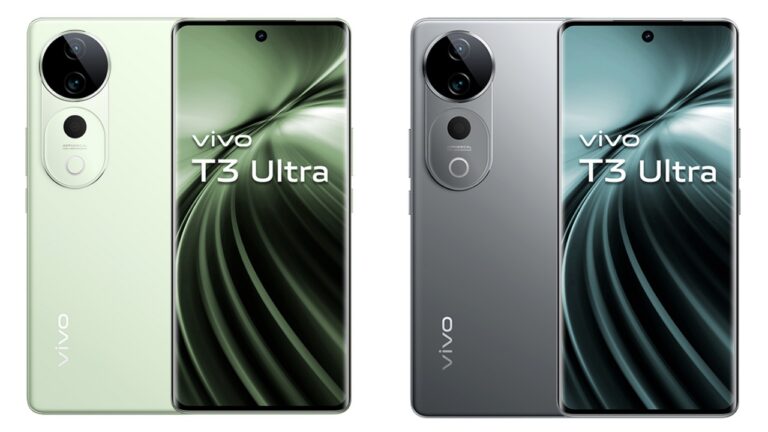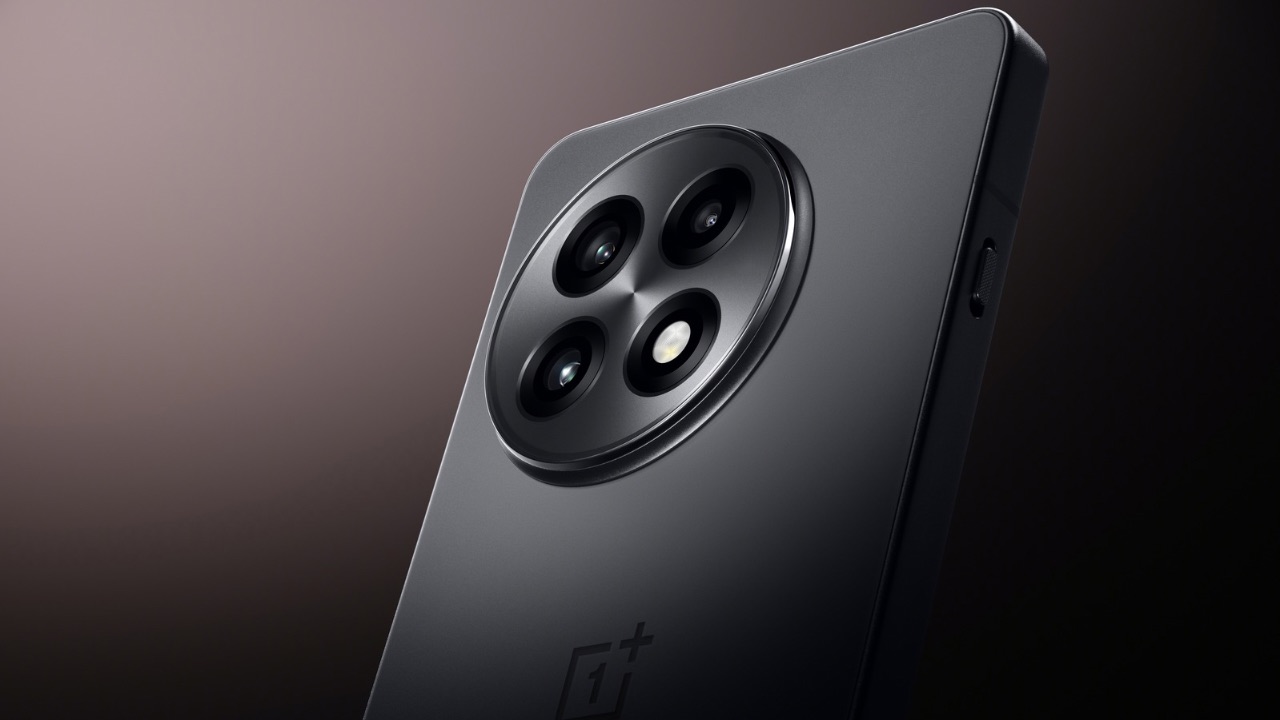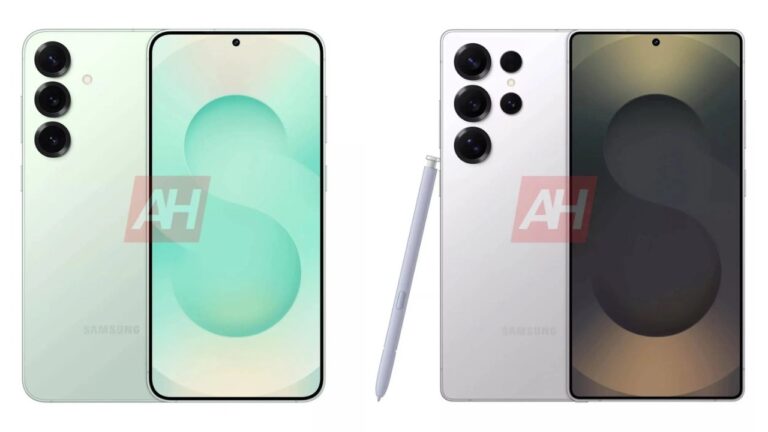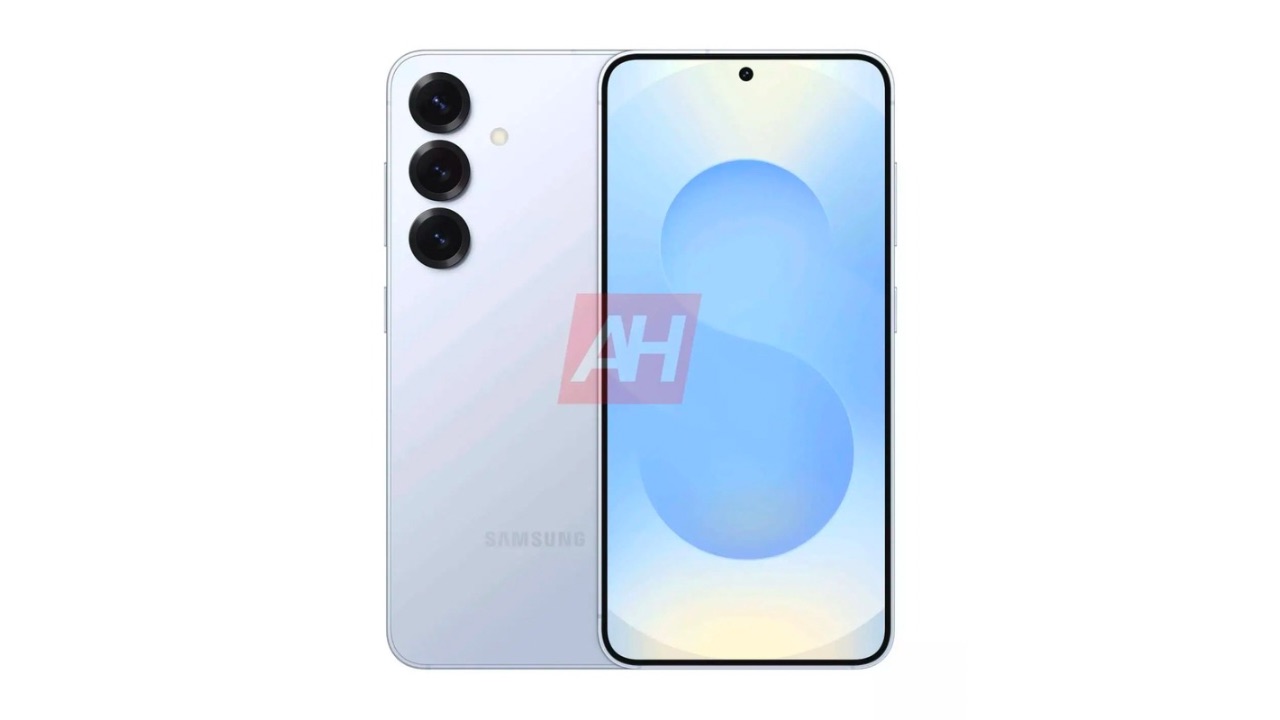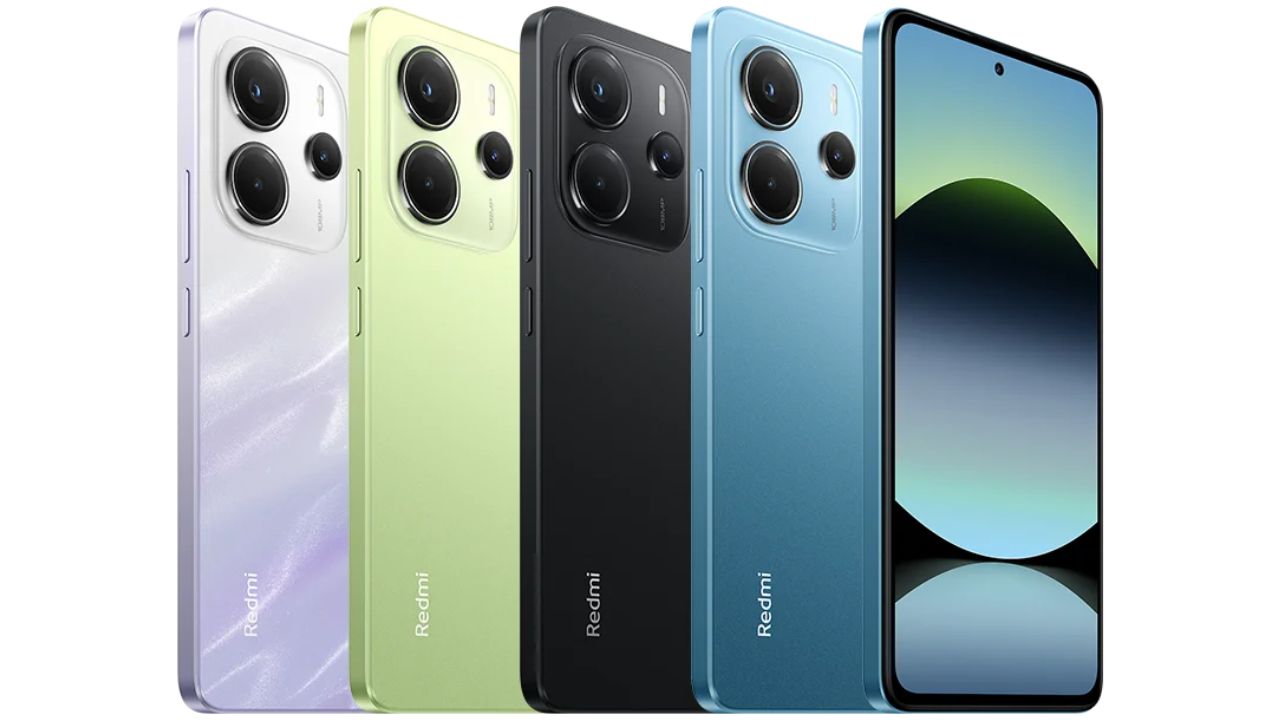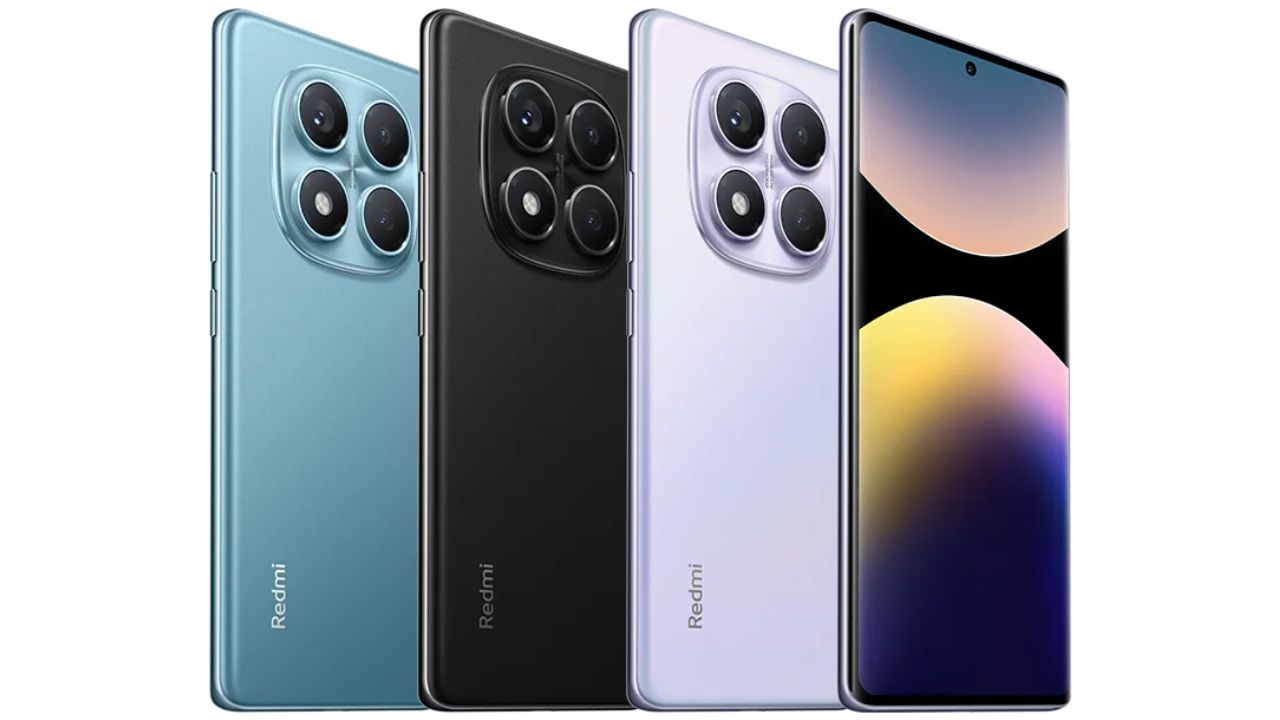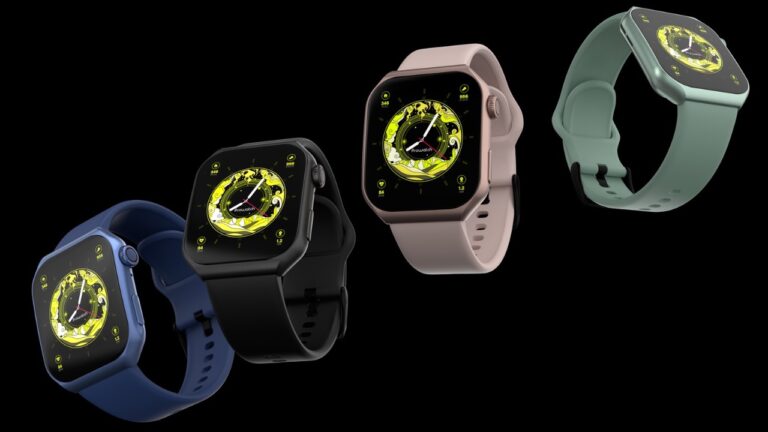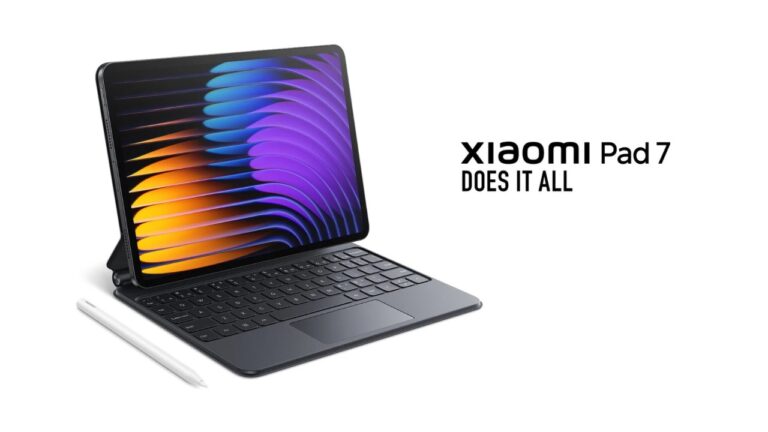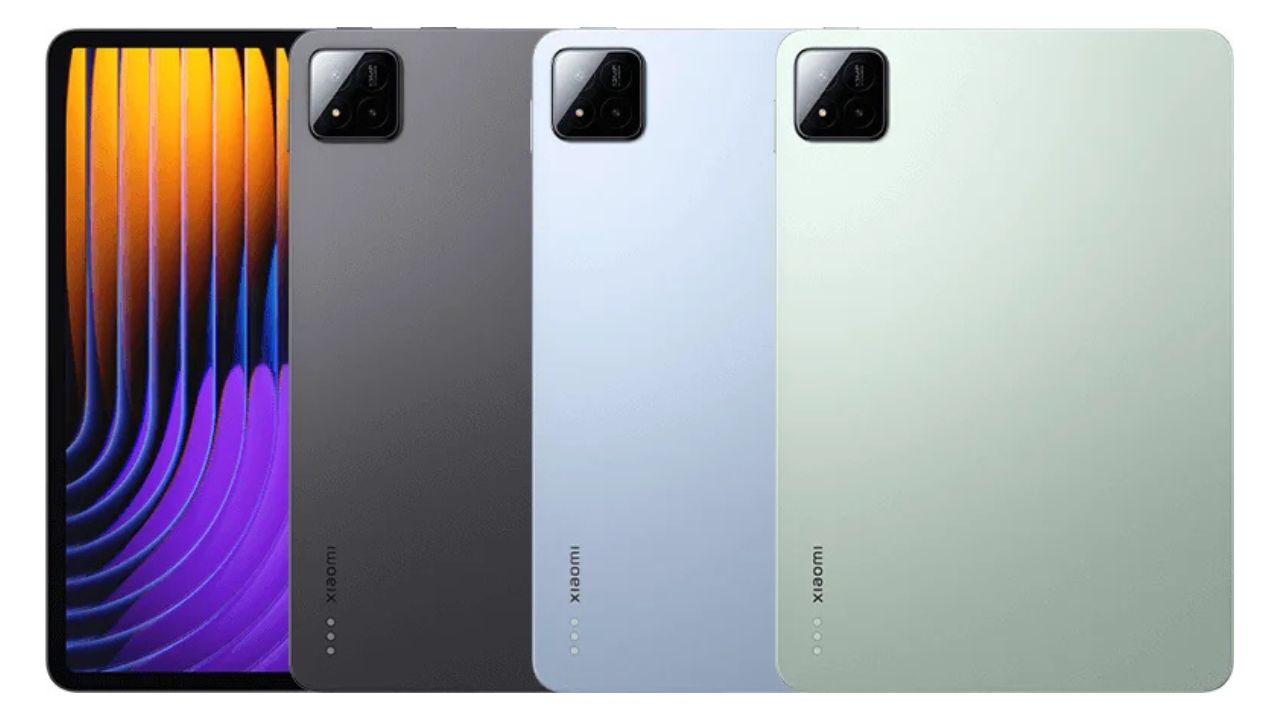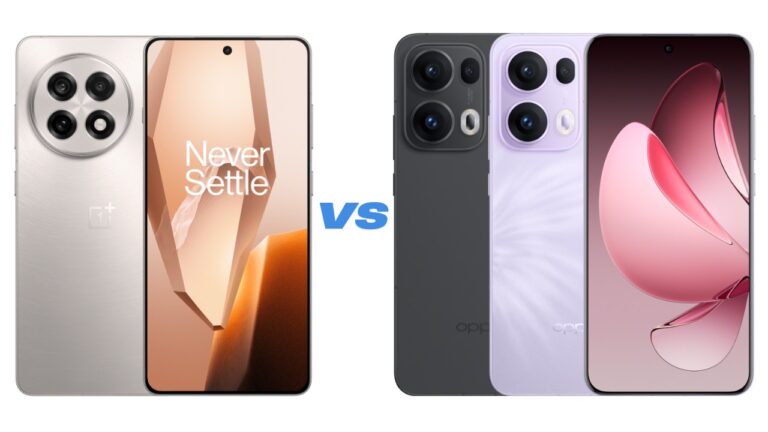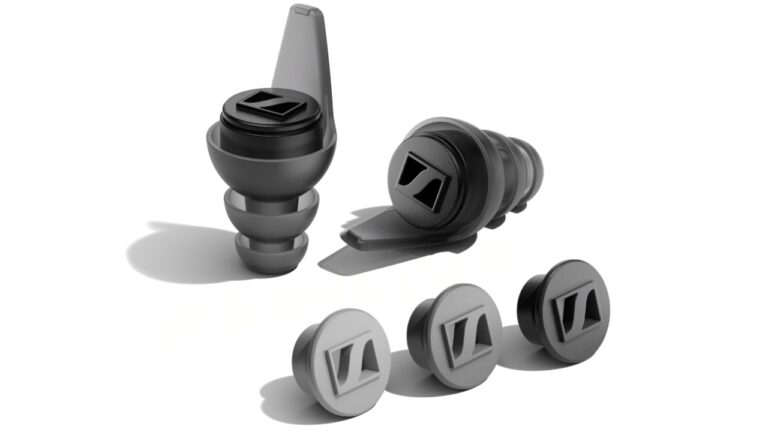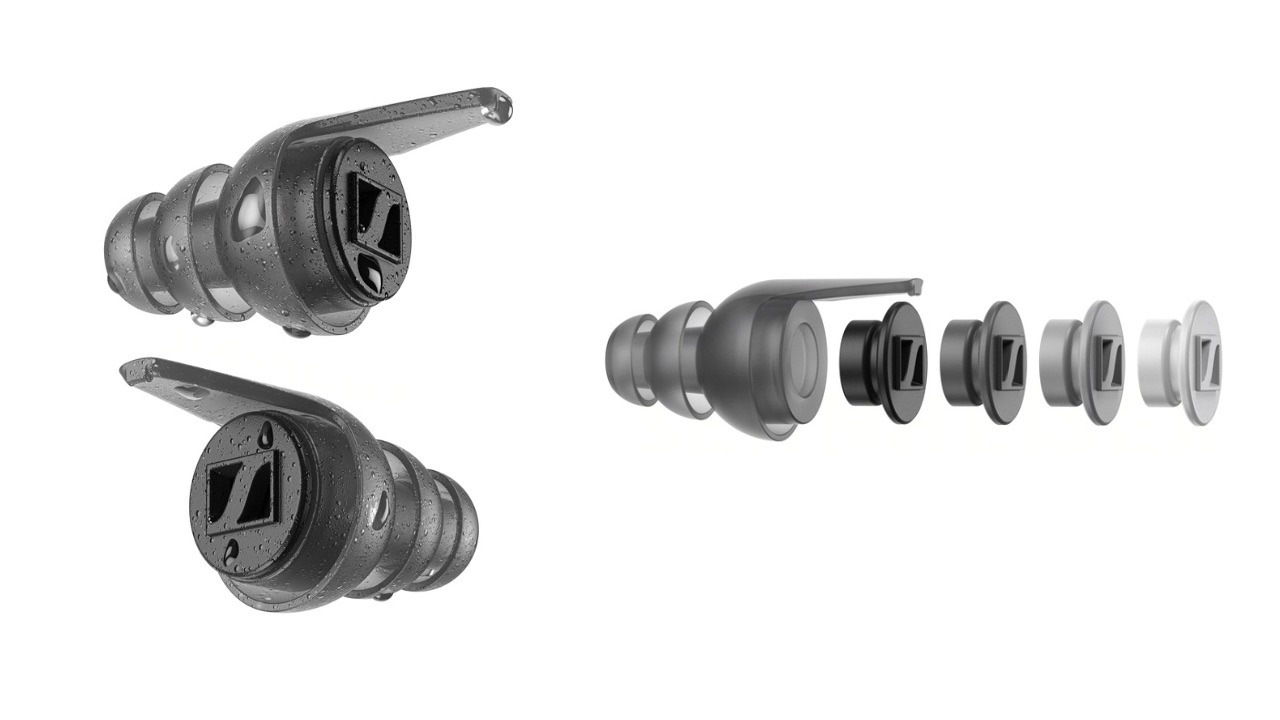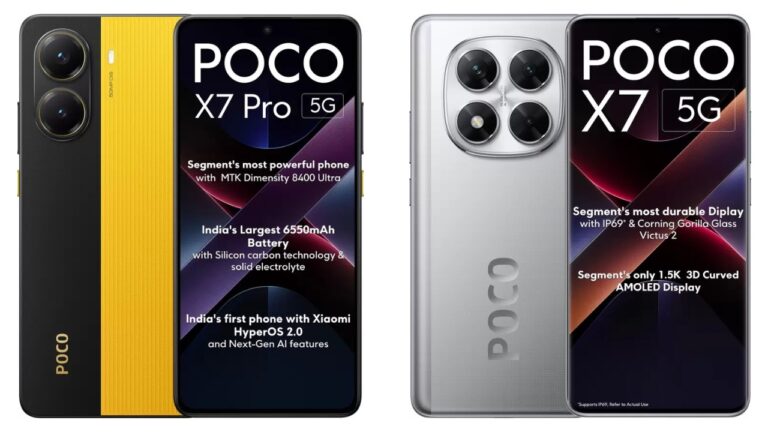Poco X7 Pro 5G and the Poco X7 5G have been announced in India as successors to last year’s Poco X6 series. The new X7 series devices come powered by the MediaTek Dimensity series processors, have 1.5K displays, and much more. Here’s everything they have to offer and the devices they compete with.
Poco X7 Pro 5G, Poco X7 5G: Price, Availability
Poco X7 5G starts at Rs 21,999 for the 8GB + 128GB option, while the 8GB + 256GB trim is sold for Rs 23,999. The phone comes in Cosmic Silver, Glacier Green and Poco Yellow shades.
The Poco X7 Pro comes in two models, where the 8GB + 256GB configuration is priced at Rs 27,999. The 12GB + 256GB variant is listed at Rs 29,999. It is offered in Nebula Green, Obsidian Black and Poco Yellow colours.
The Poco X7 Pro 5G will be available for purchase via Flipkart starting February 14 and the X7 5G will be available from February 17. ICICI Bank customers can avail of Rs 2,000 bank discount. Poco X7 Pro 5G buyers can enjoy an additional Rs 1,000 discount coupon on the first day of sale.
Poco X7 5G: Specifications
The Poco X7 5G sports a 6.67-inch 1.5K Resolution AMOLED Display with a Refresh Rate of 120Hz, Dolby Vision, 12-bit colours, 3000 nits peak brightness, 446 ppi, 240Hz touch sampling rate, 1920Hz PWM dimming, and HDR10+ support. It is protected with Gorilla Glass Victus 2.
The device is equipped with MediaTek Dimensity 7300 Ultra SoC under the hood, paired with 8GB of LPDDR4x RAM. It comes with up to 256GB of UFS 2.2 storage. The Poco device features a triple camera setup with a 50MP f/1.5 Sony LYT-600 primary camera with OIS, an 8MP f/2.2 IMX355 ultra-wide angle sensor, and a 2MP f/2.4 macro camera. The smartphone also has a 20MP selfie camera. The Poco X7 packs a 5500mAh battery and comes with 45W Fast charging support.
Additional features include X-Axis Linear Haptics Motor, IR Blaster, and dual stereo speakers with Dolby Atmos. Connectivity options include Wi-Fi 6, 5G, Bluetooth 5.4, GPS, NFC and a USB-C port for charging. The device runs on Hyper OS based on Android 14 and will get 3 years of OS updates with 4 years of security patches. There’s an in-display optical fingerprint sensor for security and the handset is IP68 rated as well.
Competing with the Vivo Y300 at the same price point, the Poco X7 5G sports a better Chipset under the hood as well as a sharper display. The display is also brighter than that of Y300’s and has support for Dolby Vision, Gorilla Glass Victus 2 protection, all of which the Y300 lacks.
The camera setup remains similar on the two in terms of sensor type, with the X7 5G offering an additional macro sensor if that’s any worth to you. As for battery, the X7 5G sports a bigger cell than Vivo Y300’s 5000mAh battery but the Y300 has faster 80W wired charging. The X7 5G is also IP68 rated that is better than Vivo’s IP64 rating. Further, Poco X7 5G also has NFC support which Vivo Y300 doesn’t have. Vivo doesn’t specify the amount of updates the device will receive but Poco promises OS updates for three years, which is another advantage.
Poco X7 Pro 5G: Specifications
The Poco X7 Pro 5G sports a 6.67-inch (2712 x 1220 pixels) 1.5K 12-bit OLED 20:9 display with a 120Hz refresh rate, 480Hz touch sampling rate, up to 3200 nits peak brightness, HDR10+, Dolby Vision, 1920Hz PWM Dimming, DC Dimming, and Corning Gorilla Glass 7i protection
The device packs the MediaTek Dimensity 8400 Ultra SoC and runs on Android 15-based HyperOS 2.0 and will receive 3 years of OS updates and 4 years of security patches. The smartphone also houses up to 12GB LPPDR5x RAM, 256GB UFS 4.0 storage, and VC liquid cooling system. The device is IP66 + IP68 + IP69 rated.
For optics, the handset features a dual rear camera setup with a 50-megapixel Sony LYT-600 f/1.5 sensor with OIS and an 8-megapixel ultra-wide angle lens. For selfies, the handset houses a 20-megapixel OV20B f/2.2 selfie camera.
Connectivity options include 5G dual SIM, WiFi 6E, Bluetooth v5.4, Dual-Band GNSS, IR blaster, and NFC. It has dual stereo speakers. The handset also features an in-screen optical fingerprint sensor. For battery, the smartphone packs a 6550mAh silicon-carbon battery along with support for 90W fast charging.
Competing with its sub-brand’s Redmi Note 14 Pro+ 5G, the Poco X7 Pro 5G packs a lot of power under the hood due to the better chipset. It costs about Rs 4,000 less than Redmi’s handset and offers more storage. Both of them have highly similar displays but Poco X7 Pro’s display is slightly brighter, which essentially won’t be noticeable in real world. Redmi’s display is slightly more durable with Gorilla Glass Victus 2 protection.
Poco’s handset not only has a better chipset, but also faster storage and RAM. Poco’s device also packs a larger battery than Redmi’s 6200mAh cell. Both of them have identical charging speeds. Redmi’s device shines in the camera segment with better Sensors and an additional telephoto sensor that’s not available in Poco X7 Pro.
To conclude, if you prioritise cameras and don’t care much about the performance, the Redmi Note 14 Pro+ is a better pick but if you want a smoother performance, are on a strict budget, and want to do gaming on your device while camera takes a back seat, then Poco X7 Pro 5G is a much better pick at a slightly cheaper price tag as it offers essentially the same value as the Note 14 Pro+ 5G except for the cameras.


